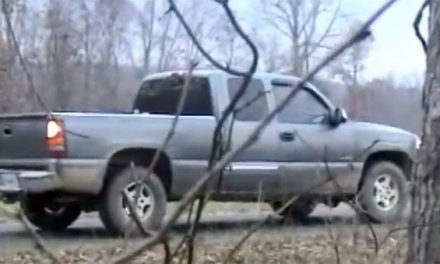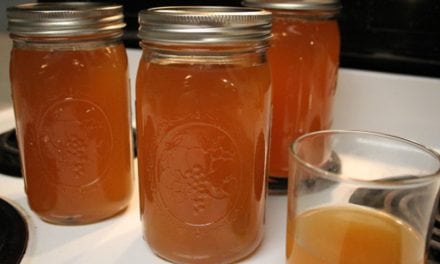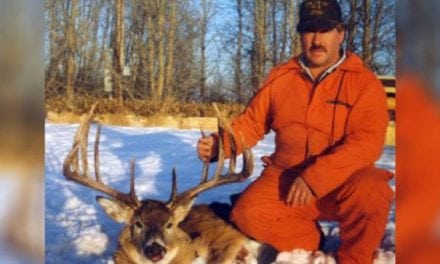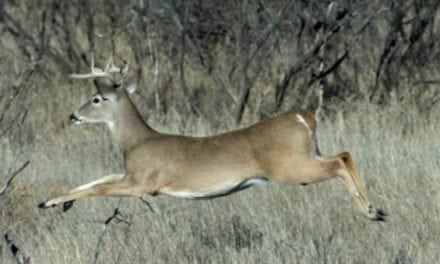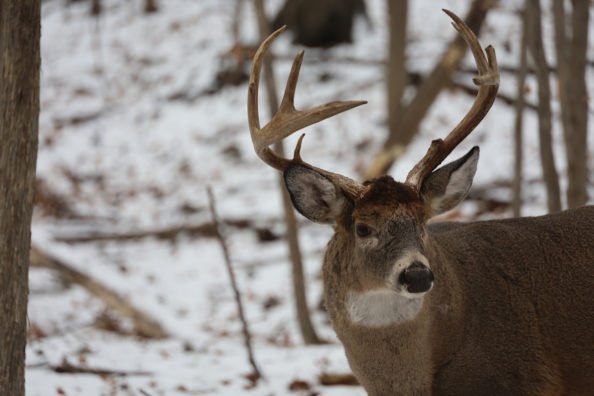
Michigan’s late seasons offer a last gasp chance to fill the freezer.
Every hunter knows Michigan is one of the most pressured deer hunting states out there. We have a 15-day regular firearms season hunted by nearly half a million people. We also have many hunters tagging out on multiple bucks thanks to the deer combo license. For hunters, it’s a tough place to pursue whitetail deer.
One of the good things about hunting Michigan deer into December is that things start to go back to normal for the deer herd. The hunting pressure dies down a bit and the deer herd up a bit as they start hitting food sources for the long winter.
If you failed to tag out during the state’s regular archery or firearms seasons, deer hunting the late season can sometimes produce a harvest for hunters who may otherwise be eating tag soup for the year. Here’s how to take advantage of what little hunting time we have left.
Michigan’s late seasons.
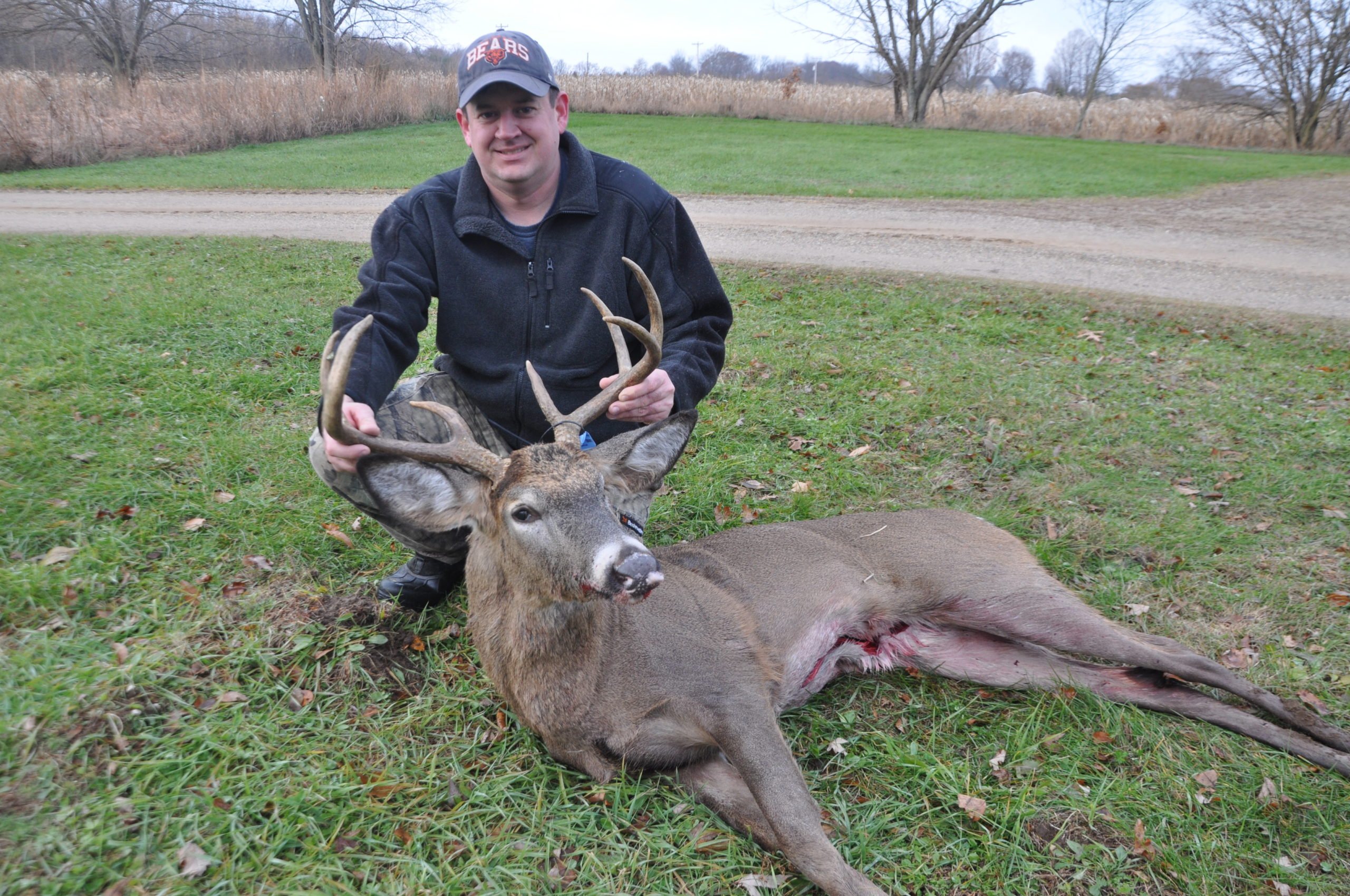
The Michigan Department of Natural Resources has shaken up the late seasons quite a bit the last few years. Some of it in response to the threat of chronic wasting disease (CWD). All the muzzleloader seasons now run December 3-12 statewide across all three firearms zones. There is also a late antlerless firearm season that runs December 13 to January 1, 2022 on private land only. And of course, hunters can always take advantage of archery season dates which run through January 1. The exception are the expanded urban deer management zones in Oakland, Wayne, and Macomb counties. These zones give hunters a chance through January 31. That’s a lot of extra time on the tree stand in a time of year when the deer traditionally do not feel pressure.
Muzzleloader season is arguably the most popular of these late seasons. It’s only a two-day rest period between the end of regular firearm and the start of muzzleloader. You may notice the deer population is still feeling the pressure and is still on edge those first couple days of that season. Especially here in the lower peninsula where competition is fierce with deer hunters in public hunting areas. We wish the Michigan DNR would give at least week’s cushion between these two seasons, but it’s better than no season at all.
One thing we are thankful for this season is Michigan moved to just a general antlerless deer license that is good for both private land and public land. No more trying to juggle multiple licenses if you hunt both. You can fill that late season tag in whatever area produces for you first. We give the Michigan DNR a lot of flak here in the Great Lakes State, but that hunting license change is easily the most welcome they’ve ever incorporated. Just make sure you know about the few county exceptions before you go. Consult the hunting digest for more information.
Strategies for Michigan’s late season.
Traditional late deer hunting season strategies are to focus on feeding areas as places that will concentrate the animals in post-rut scenarios. Traditionally, this meant a lot of baiting for Michigan hunters. However, the hunting regulations now prohibit all baiting and feeding in the lower peninsula. That means no corn, beets, apples, salt blocks, mineral licks, nothing. This is again in response to CWD concerns.
According to the hunting regulations, you may use food-scented materials. However, they need to be inaccessible for consumption by deer while you are hunting. Unless you are in the upper peninsula in an area legal for baiting, you might want to stick with hunting food plots and unharvested crops in December. If these types of food sources are not available, try to find where acorns dropped earlier in the year. Once the snow starts falling in Michigan, the deer are going to get hungry and desperate. Try to think creatively about where you would go if you were a deer. Sometimes they are food sources you can hunt other hunters aren’t considering.
One key thing to remember about late season in Michigan is the hunting pressure these deer have already endured. They survived the bowhunting season, and then an onslaught of gun hunters. These deer are almost always on edge, but they are much jumpier than normal in the late season. That’s why I don’t like to set up too close to where they will be feeding. With a firearm I like to set up for a 40 to 100-yard shot. With a bow it might be better to set up on the trails filtering into the food sources so you can ambush them as they come in. Especially if you can find a natural pinch point that will funnel deer movement through a single point.
In any case, I try to set up back from the edges of food plots just a hair more during the late season. Because if you’re holding out for a buck, you’ll likely have to pass a lot of does, and they can be especially wary in December. Take a little extra time to brush your blind in to mask your movements. Be extra cautious with your movements with deer in close. Because nothing feels worse than have 10-15 deer on a food source and watching them all scatter for the hills because one doe picked you off.
As for a second rut period, I have never had many sightings to indicate it happening here in Michigan, but I’ve heard from others who have. It seems to vary from area to area with how many bucks survived the regular season to breed the remaining does. It will also probably depend on how many doe fawns are in your area and coming into estrus for the first time in the middle part of December. In general, it’s probably best to lay off the hyper aggressive rut calling strategies this time of year and go for a more subtle approach. Perhaps just using some doe-in-heat urine to try and make a wandering buck think he’s found the last hot doe instead of going for an all-out buck fight rattling sequence.
Don’t give up!
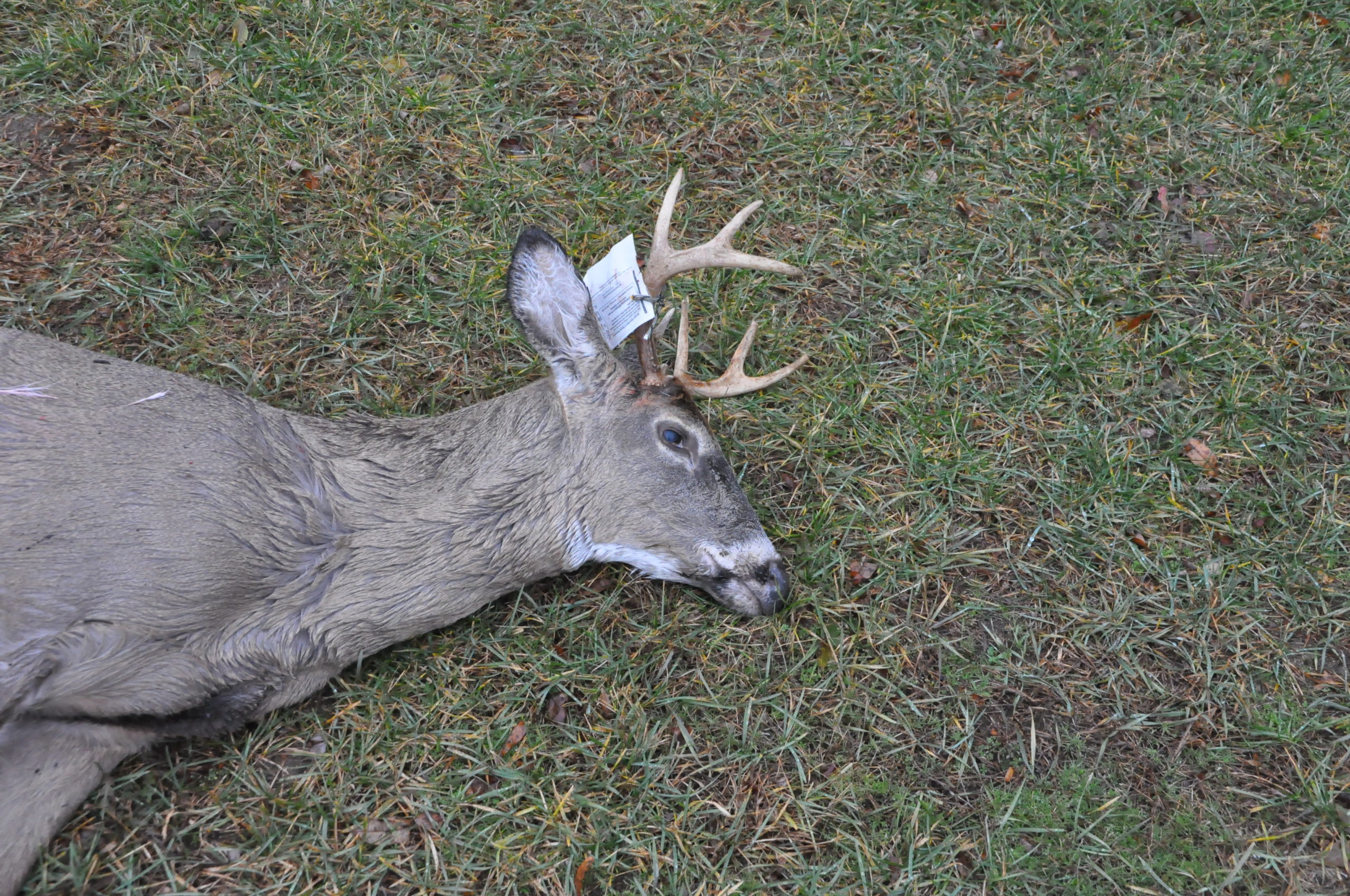
One thing is for sure, the deer hunting in Michigan usually starts to improve the later you get in the season. Other hunters start to hang up their guns and bows for the year and the hunting pressure decreases. Big bucks start coming out in the daylight hours again because they feel safe. Also, because their gut starts telling them they need to start fattening up to survive.
There are no real secret strategies to hunting the late season for whitetails in Michigan. Find the food sources and stick with them. Eventually, the survivors of the season are going to show up. It may require some warmer clothing and a little extra patience, but the hunters who stick it out to the end are often rewarded for their efforts in the late season!
Products featured on Wide Open Spaces are independently selected by our editors. However, when you buy something through our links, we may earn a commission.
For more outdoor content from Travis Smola, be sure to follow him on Twitter and check out his Geocaching and Outdoors with Travis YouTube channels.
NEXT: THE AXIS DEER AND HOW THEY’RE IMPACTING PARTS OF THE UNITED STATES
WATCH
The post Late Season Deer Hunting Michigan: How to Fill Your Freezer at the Last Minute appeared first on Wide Open Spaces.











